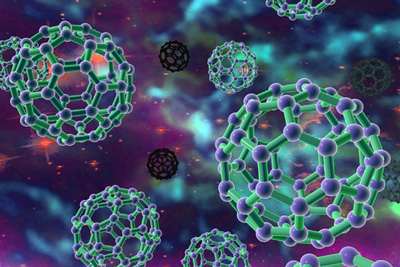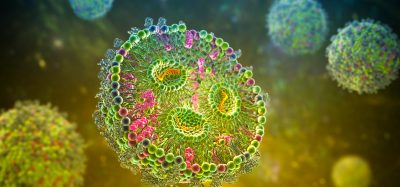New nanoparticle has potential to treat ocular cancer
Posted: 19 February 2016 | Victoria White | No comments yet
Researchers have developed a new nanoparticle that uses a tumour cell’s protective mechanism against itself – short-circuiting tumour cell metabolism and killing tumour cells…


Researchers at the University of Michigan Kellogg Eye Centre have developed a new nanoparticle that uses a tumour cell’s protective mechanism against itself – short-circuiting tumour cell metabolism and killing tumour cells.
Commenting on the research, Howard R. Petty, Ph.D., professor of ophthalmology and visual sciences and of microbiology and immunology, said: “Our work uses a semiconducting nanoparticle with an attached platinum electrode to drive the synthesis of an anti-cancer compound when illuminated by light. The nanoparticle mimics the behaviour of NADPH oxidase, an enzyme used by immune cells to kill tumour cells and infectious agents. Since tumour cells typically use NADPH to protect themselves from toxins, the more NADPH they synthesize for protection, the faster they die.”
The nanoparticle is activated by light
In a four-year study conducted on the mouse model in advanced breast cancer metastasis in the eye’s anterior chamber, Petty and colleagues found that the new nanoparticle not only killed tumour cells in the eye, but also extended the survival of experimental mice bearing 4T1 tumours, a cell line that is extremely difficult to kill.
“Previous monotherapies have not extended the lifetimes of mice bearing this type of tumour,” Petty said. “Our work has shown that we can extend survival of the mice.”
“This treatment offers many advantages,” Petty added. “The nanoparticle produces about 20 million toxins per hour in each cell. Also, the nanoparticle is activated by light, so it can be turned on and off simply by exposing it to the correct colour of visible light.”
This nanotechnology also has the potential to be used for multiple applications in ophthalmology and other disciplines.
Related topics
Nanoparticles, Oncology







